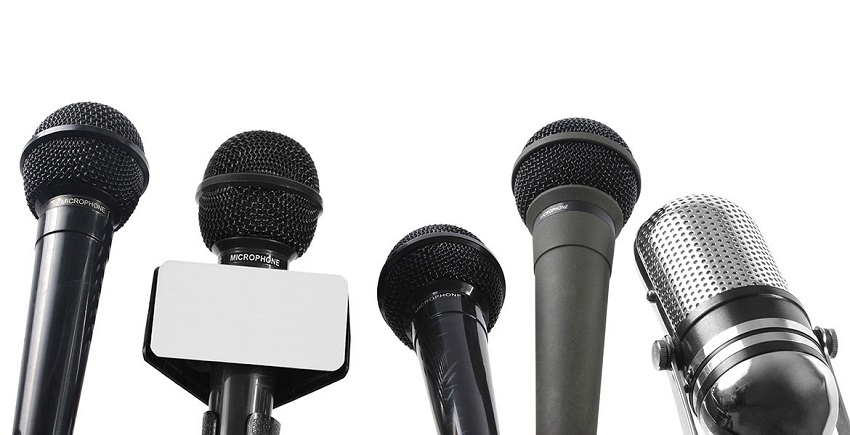
19 Aug The Ultimate Guide to Writing a Brilliant Press Release
A press release is basically a compelling piece of news that gets the journos interested in your latest developments. It is the ultimate element of a successful PR strategy as it ensures media coverage of the latest business dealings of an organization.
Here are some press release optimization tips to ensure that your PR efforts are well-rewarded by way of making your press release appear professional and attractive to news publishers.
1. Grab them right at the start with a great headline
The first thing on a press release checklist should be writing an attention-grabbing headline. A strong headline or even the email subject line of your press release should be persuasive enough to make journalists want more.
2. Get straight to the meat of the matter
Journalists are busy folks and will only read the first line or two before deciding if they need to read any further. Make sure that you have the main message positioned in the first paragraph so a quick scan should deliver the details. The remaining paragraphs should only consist of miscellaneous information.
3. Include realistic statistics
A creative narrative can be compelling but will not be enough to sustain the significance of your press release. If you claim it, you have to prove it. Quantify all your statements with sufficient numbers, statistics and proofs to make your announcement look polished and well-researched.
4. Weed out mistakes
Of course once your press release is written it should be edited by a qualified editor. Proofread it once before you send it out – in fact, have others go through it. Mistakes will make you look unprofessional and journalists will not take you seriously.
5. Focus on the target audience
The most crucial aspect of your press release writing is the target audience. While he journalists will be your first round of audience, the final audience will be people from your industry or your followers/subscribers. In case, they have different voices in which they need to be communicated to, write different versions of your release tailored to your different audiences.
6. Back it up with quotes
Quotes tend to add a touch of realism to a press release. Quotes from a person in the company or who has worked closely with the product/event can make your press release look like it’s suffused with human emotion. Also, the quote can be a firsthand source of information as it does not come from a spokesperson rather from someone who “owns” the product/event.
7. Include your contact information
Sometimes, the smallest things can be what makes or mars the effectiveness of your press release. For example, the absence of contact information can make it difficult for reporters to get in touch with you to get more information.
Whoever is in charge of the product/event should be clearly mentioned on the release document (preferably in the header somewhere) along with their full contact details like an email address and phone number.
8. Check the length – don’t exceed two pages
Good writing is always crisp and to the point. This means that shorter is always better. Your press release should be ideally one page, however two pages are also considered okay. If you limit yourself, you will make certain that your significant information is condensed into one readable document – this is what works best for reporters.
9. Provide access to more information
Though you should keep your press release limited to a page or two, it does not imply that you cannot point people to the location of where they could learn more. If you have updated your website with new information, include a link to the place where writers can find more about what you’ve accomplished. Don’t play hide-n-seek with journalists as it will not entice them to search for information. Instead keep their interest piqued with more content and more data.
Press release checklist
• Evaluate if the new product/event is news worthy and if a press release is needed.
• Explore the target audience and media channels. Evaluate publications to get a feel for the tone and style of the press channels.
• Identify the key facts – answer all these questions: who, what, why, where, when, how?
• Draft a template structure for your story.
• Decide on the stakeholder who will act as a spokesperson or who should be quoted from your organisation and if you need third-party quotes can be incorporated.
• Check if they need images to support the press release.


